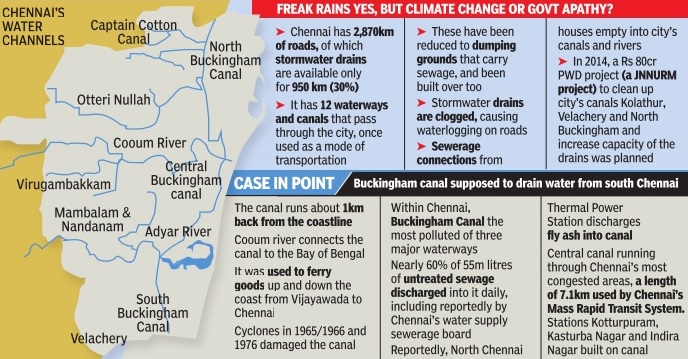Chennai/ Madras

This is a collection of articles archived for the excellence of their content. Readers will be able to edit existing articles and post new articles directly |
Contents |
History
In a nutshell
Madras that is Chennai turns 375
IANS | Aug 22, 2013
From a stretch of no-man's land in 1639, it has grown to become a major industrial, business and cultural centre.
It was on this day in 1639 that British administrator Francis Day along with his superior Andrew Cogan struck a deal with the Vijayanagar empire to acquire a stretch of no man's land.
That stretch of land went on to be become Madras, today known as Chennai, the capital of Tamil Nadu.
The British first built a fortified 'factory' on this land which was named on St George's birthday April 23, 1640 as Fort St.George.
This is now the seat of power in Tamil Nadu, according to historian S Muthiah's "Madras: Its past and its present".
But it is not that there were no towns and villages before the Britishers set their foot on the Coromandel Coast.
The region had temples dating back to eighth century including the Parthasarathy temple in Triplicane, the Kapaleeswarar temple in Mylapore and the Marundeeswarar temple in Thiruvanmiyur -- all in Chennai.
With the East India Company beginning to acquire villages, Madras grew. For a brief period (1746-49), Fort St George fell into the possession of the French. It was restored to the British under a treaty.
After that there was no looking back for the East India Company, which laid the foundation for the British empire in India.
Wetlands
1980-2016: A substantial reduction
The Times of India, P Oppili | TNN | Sep 5, 2016
It has always been an open secret, discussed and debated after the December floods in 2015. But now it has emerged that as the city expanded, more than 150 water bodies, that were part of a flood mitigating system in the city and its suburbs, were encroached and turned into human habitation. The result was there to see: Plum real estate ventures in Mudichur and Tambaram went under water.
According to a study done by CareEarth Trust (a Chennai-based biodiversity research organisation), only 15% of the city's wetlands are left, down from the 80% when Chennai's area was lesser. The researcher, Prem V , has analysed the spatiotemporal variations, specially focussing on wetland and built-up land of the Chennai metropolitan area from 1980 to 2010. As per the findings, the built-up area of the city was 47.62sqkm in 1980, only 20%, while the wetlands were spread over 186.30sqkm (see maps). In 1991, the built-up area increased three-fold, 152.33sqkm, and almost equalled the wetland spread which in the 11 years had come down to 159.41sqkm.
The IT boom at the turn of the millennium triggered a construction boom in the southern parts of the city to accommodate offices; and to house techies the real estate business flourished in the vicinity. Over the years, the city expanded and outskirts like OMR and Perungudi transformed. As concrete replaced the shrublands and dry lake beds, the built-up area increased. In 2000, it was 250.58sqkm (68%) when compared to the 117.48sqkm of the wetlands. A decade later, the built-up area touched 402.10sqkm (85%) and the wetlands had shrunk to 71.05sqkm (15%).
The study found that most of the water bodies affected were in the southern and western suburbs. The areas where the water bodies were encroached, some institutionally, included Tambaram, Perungalathur, Vandalur, Ramapuram, Manappakkam, Valasaravakkam, Ambattur, Alandur and Adyar. Incidentally, several of these areas were hit hard by the December deluge.
According to the study, buffer areas of a lake are the first casualties of rapid urbanisation. Known as odai porambokku and yeri porambokku in Tamil - meaning rivulet across a wasteland and lake on a wasteland respectively - these buffer areas connected lakes and drained excess water from one water body into another. These channels formed an integral part of a natural flood mitigating system